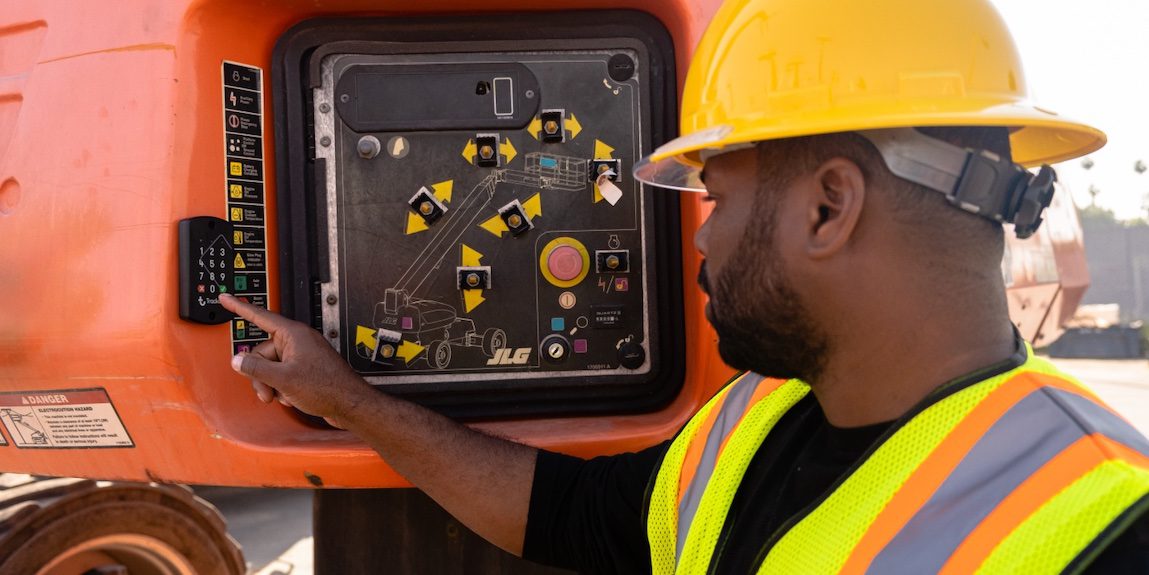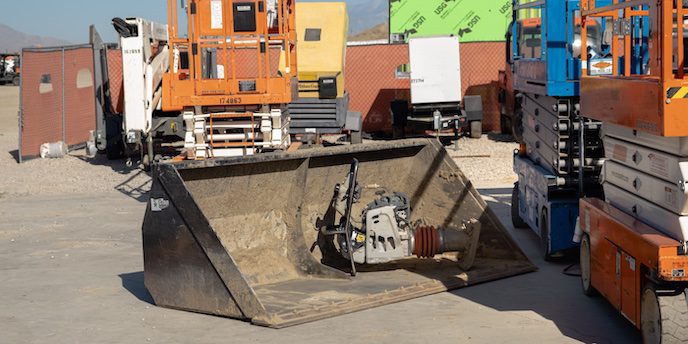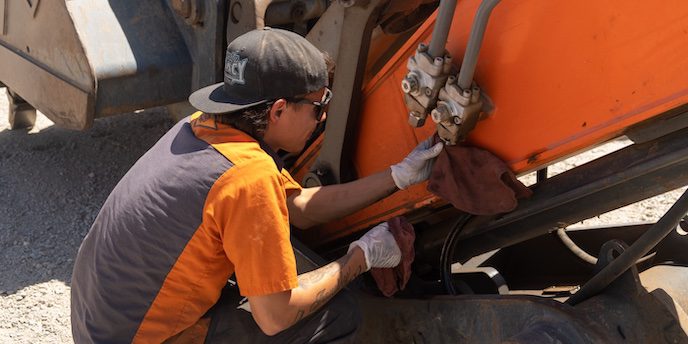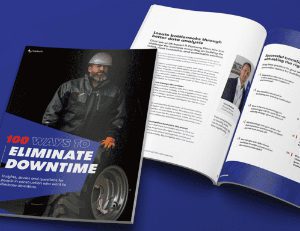

Telematics is a rapidly evolving field that combines the use of telecommunications and information technology to improve the functionality and performance of vehicles and other mobile assets. The term “telematics” encompasses various technologies and applications, including GPS tracking, remote diagnostics, and communication systems that allow for real-time monitoring and control of a vehicle’s location, speed, and other data. You can learn more about telematics here.
Telematics is a field of study that combines the use of telecommunications and information technology to improve the functionality and performance of fleet vehicles. This technology allows real-time monitoring and control of a vehicle’s location, speed, and other relevant data. It can be used for various purposes, such as fleet management, navigation, and driver safety.
Telematics in the construction industry uses GPS and internet-connected telematics devices to track, monitor and analyze data from construction vehicles and equipment. This information is then used to optimize operations, increase efficiency, reduce downtime, and improve overall job site safety.
How is Telematics used in vehicles? The data can include real-time location, fuel consumption, speed, equipment utilization, and maintenance needs. This information can be accessed through web-based dashboards, allowing fleet managers to make informed decisions about their fleet and equipment.

Companies in the construction industry can benefit from using fleet telematics in several ways:
Some of the features commonly used in telematics in the construction industry include:
Telematics in the construction industry provides several benefits for companies, including increased efficiency and productivity, enhanced safety, reduced operating costs, improved asset management, increased transparency, and better decision-making.
Telematics helps companies track the real-time location, utilization, and performance of their vehicles and equipment, allowing them to optimize operations and minimize downtime. The technology also provides real-time monitoring of vehicle and equipment performance and diagnostics, helping companies identify potential maintenance issues before they become serious problems.
Additionally, telematics generates detailed reports on vehicle and equipment performance, fuel consumption, maintenance, and more, providing companies with valuable insights into their operations and allowing them to make informed decisions. Overall, telematics helps companies improve their bottom line by reducing costs, increasing efficiency, and ensuring smooth operations.

The future prospects of telematics in the construction industry are promising as the technology continues to evolve and become more sophisticated. Some of the future prospects of telematics in construction include:
In conclusion, telematics is poised to play an increasingly important role in the construction industry in the years to come as companies seek to improve efficiency, reduce costs, enhance safety, and optimize operations. You can request a demo from us here.

Never miss an insight. We’ll email you when new articles are published on this topic.
